Powered by Bestia Europe B.V.
Can You Ride a Horse with Thrush?
Thrush is a common condition that affects the soft, sensitive tissue of your horse’s hoof. It can impact your horse’s daily activities by creating discomfort or pain when they walk or bear weight on their afflicted foot.
This begs the question of many equestrians, can you ride a horse with thrush?
While it is possible to ride a horse with thrush, it’s important to be cognizant of the severity of your horse’s condition to ensure riding doesn’t cause further damage or inhibit healing.
And to do that, you’ll want to read on. Below, we’ll explain thrush in more detail, how to identify degrees of thrush severity, common symptoms, treatment, and preventative care.
What Is Thrush?
Thrush is a common bacterial or fungal infection in horses that affects the bottom of their hooves. The infection is often accompanied by a strong, foul odor and dark discoloration or discharge near the site of the infection.1 If severe enough, some horses with thrush may experience lameness.2
What Causes Thrush?
Unclean environments for horses can be the breeding ground for bacteria and fungi that cause a thrush infection to develop. That’s why it’s so important to ensure your horse’s environment is clean and well-kept.
Thrush can also develop when the horses themselves aren’t properly cleaned. Infrequent or below-par horse hoof cleaning can exacerbate a thrush infection and lead to more severe symptoms.
Additional factors that can contribute to the development of thrush include:3
- Wet or dirty stall conditions
- Overgrown hooves
- Damaged hooves
- Poor hoof hygiene
- Lack of exercise4
- Poor nutrition5
When it comes to preventing thrush in your horses, it’s important to prioritize their hygiene by conducting regular cleanings and inspections of their living quarters and hooves.
Combining a Hoof Soak with an antimicrobial Hoof Care spray can help remove harmful debris and bacteria that can cause infections like thrush and promote the healthy regrowth of hoof tissue—so that your horse can get to happy galloping in no time.

Where Does Thrush Occur?
Thrush occurs primarily on the bottom of the hoof in two regions: The frog and the sulcus.
The frog is a triangular-shaped region located on the center of the hoof, constructed of soft, spongy tissue, and the sulcus is a shallow indent located at the center of the frog.6
While these structures play an important role in traction and shock absorption as your horse gallops, jumps, or walks, their complex structure can make these areas extremely susceptible to trapped moisture and debris.6
While a horse may develop thrush on their front feet, their hind feet have a higher risk of developing this condition due to several factors, including:
- Hoof structure – Some horses’ hind feet may have a deeper sulcus, increasing instances of trapped bacteria and other debris.6
- Weight distribution – Horses carry 42% of their overall body weight on their hind legs, causing more stress (and potentially structural damage) to the sulcus and frog tissue of the hind feet, which can make them more susceptible to infection.7
- Moisture – Horses tend to stand in muddy or water-logged environments with their hind legs, increasing their chance of infection.1
- Standing posture – Poor conformation that encourages the development of deep narrow sulci, like long heel configuration or standing with their hind legs slightly under their body, can increase the risk of thrush.2
Depending on the region and location of the affected hoof, you should aim to employ different strategies to ensure all debris is thoroughly removed from your horse’s hooves when identifying and treating a thrush infection.
Knowing the Degrees of Thrush Severity
Horse thrush symptoms can range from mild to severe. The severity of the infection will determine how you treat it and the extent to which you continue to ride and exercise your beloved speed racer.
The degree of severity for thrush can be determined by various elements including the location of the infection and the overall health of the hoof before infection. Paying close attention to your horse’s behavior, such as if they can’t bear weight or walk, can also help you determine the severity of the infection.
Assess these levels of severity when identifying a thrush infection:8
- Mild – Mild infections will have only made their way to the upper tissues of the sulcus and frog. While there may be some discharge and odor, horses with mild cases will be able to walk easily and typically won’t display signs of discomfort. In mild cases, you can ride your horse, but be cautious of the surface they’re walking over. Rough or wet conditions can worsen the infection. If you notice your horse displaying signs of pain, dismount your horse until the condition clears up.
- Moderate – Moderate infections will spread to the surrounding tissues of the sulcus and frog. Horses with moderate thrush will experience discomfort when walking and may even display symptoms of lameness. At the site of the infection, discoloration, discharge, and odor will be more noticeable than in mild infections. In a moderate case, you should only ride your horse if absolutely necessary, as it may cause pain and discomfort for your horse.
- Severe – In severe cases, you may notice heat or swelling near the site of the infection. Horses with severe thrush may also experience bleeding, limping, or lameness. If your horse has a severe case of thrush, you should not ride your horse as it can cause severe pain—and potentially even structural damage to the hoof. Partner with your veterinarian in severe cases of thrush to form an action plan for healing.
The bottom line: If your horse has any kind of thrush, it’s best not to ride them if you can avoid it. Keeping their hooves clean and rested during this time will help the infection heal more quickly. Additionally, in all cases of thrush severity, consult your veterinarian about a treatment plan and advice on riding.
How to Minimize Pain While Riding
If you and your veterinarian determine that it is safe to ride your horse with thrush, there are certain procedures you can take to help care for the infected foot.
These steps can help relieve pain and insulate the hoof from further exposure to harmful pathogens:
- Limit riding time
- Wrap the hoof or dress the hoof in a boot
- Clean the hoof before and after riding
- Avoid riding in wet or muddy environments
How to Treat Thrush
Luckily, because thrush is a relatively common condition for horses, it’s also pretty easy to treat. If you follow a suitable treatment plan, most horses will see improvement within one to two weeks.3
It’s best to start treatment as soon as you notice symptoms. If left untreated, thrush can result in structural damage to the hoof, preventing daring Dakota or goofy Gingerbread from trotting, cantering, and leaping to their heart’s content.
If you want to know how to treat a horse with thrush, the following steps are recommended:2
- Sterilize the hoof – Remove any debris from the infected hoof using a hoof pick. Submerge the hoof in a Hoof Soak to remove any buildup or harmful microorganisms inside the hoof cavity. Then, wash the tissue with an antimicrobial Equine Wound and Skin Care Liquid to eliminate the presence of harmful bacteria.
- Remove infected tissue – Carefully cut away infected tissue from the hoof. Leave only the healthy tissue to prevent further contamination.
- Rewash the area – After removing dead tissue, rewash the hoof with an antimicrobial or antiseptic solution to kill any bacteria introduced.
- Reintroduction to a clean stall – If a dirty, wet stall was the culprit of the infection, make sure you reintroduce your horse to a clean and dry stall to prevent further infection.
Repeat these steps until all symptoms stop and the infection is controlled.
When preventing thrush, it’s important to make sure you are cleaning deep within the tissues and crevices of the hoof to ensure all bacteria and infected tissues are removed. Consult with your veterinarian if you do not see results or if the infection worsens.
But, like any other infection, the best treatment is prevention. Regular foot care and proper stall management are crucial to avoiding hoof infection. Keep your horse’s stall as clean as possible by removing soiled hay and tossing dirty bedding regularly. Routine hoof trimming and cleaning can also help prevent common hoof infections.
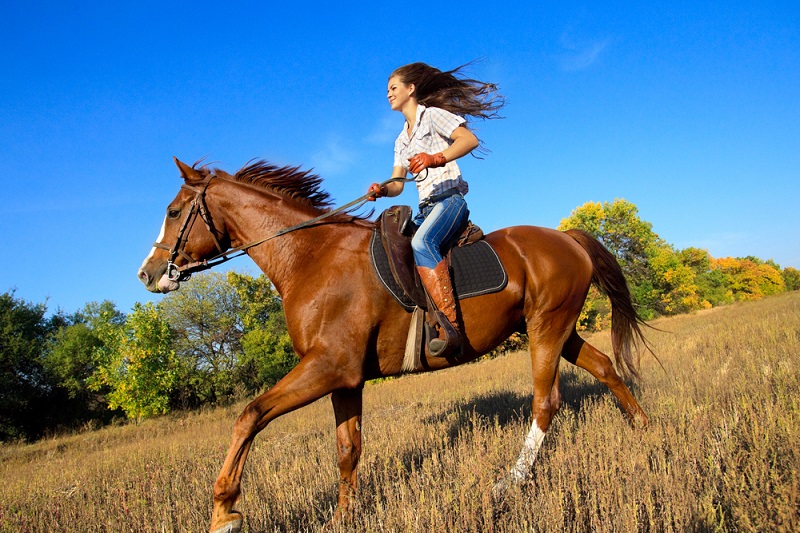
Maintain Proactive Hoove Health With Vetericyn
Supporting healthy hooves is a critical part of caring for your horse. When you give your horse a clean and healthy environment to thrive, their hooves follow suit—just like they follow your lead so trustingly over the vertical jump.
Vetericyn’s specialized line for horses helps keep your horse’s hooves healthy and strong. Our Hoof Soak is designed to combat advanced infections by penetrating deep into the hoof cavity and removing hoof-eating microbes and bacteria.
Use our Hoof Care spray and Equine Wound and Skin Care Liquid as extra ammunition against harmful pathogens and as a catalyst to promote the growth of healthy hoof tissue.
Shipped straight to your door, or available on Amazon, Tractor Supply, or your local animal supply store, these hoof treatments are safe and non-toxic. Specifically designed to jumpstart healing and eliminate harmful pathogens at their source, you can rest assured that these products are approved by hooves everywhere.
Sources
- Michigan State University Extension. Preventing and treating thrush. https://www.canr.msu.edu/news/thrush_in_horses
- MD Mad Barn. Thrush in Horses: Causes, Signs & Treatment of this Hoof Infection. https://madbarn.com/thrush-in-horses/
- VCA Animal Hospitals. Thrush in Horses. https://vcahospitals.com/know-your-pet/thrush-in-horses
- Arizona Equine Medical & Surgical Centre. Understanding & Treating Thrush in Horses. https://azequine.com/thrush/
- Equine Wellness. Spring weather and thrush. https://equinewellnessmagazine.com/spring-weather-thrush/
- University of Missouri Extension. Functional Anatomy of the Horse Foot. https://extension.missouri.edu/publications/g2740
- Swann Equine Osteopathy. Equine Biomechanics Research – The Significance of a Horse’s Chest Sling Muscles. https://www.swannequineosteo.com/blog/2017/12/5/equine-biomechanics-research-the-significance-of-a-horses-chest-sling-muscles
- SBS Equine. Equine Thrush Treatment for Chronic Hoof Infections. https://sbsequine.com/wp-content/uploads/Thrush%20...
Refine by
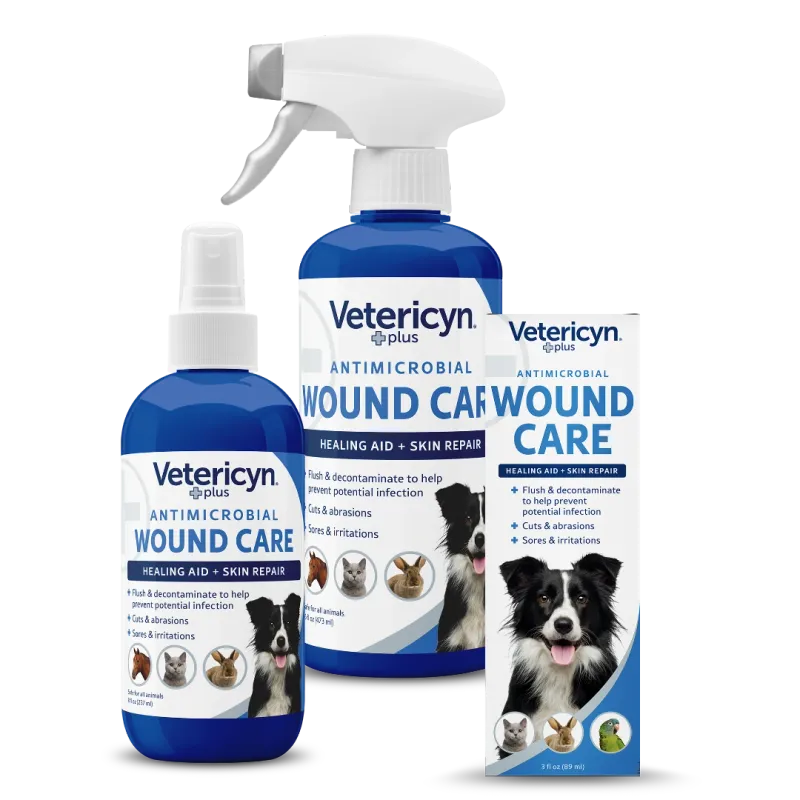
Vetericyn Plus All Animal Wound and Skin Care
Vetericyn Plus All Animal Wound and Skin Care
Jump-starts the natural recovery process. Advanced cleaner. Works effectively on localized itching.
€12,36
New!
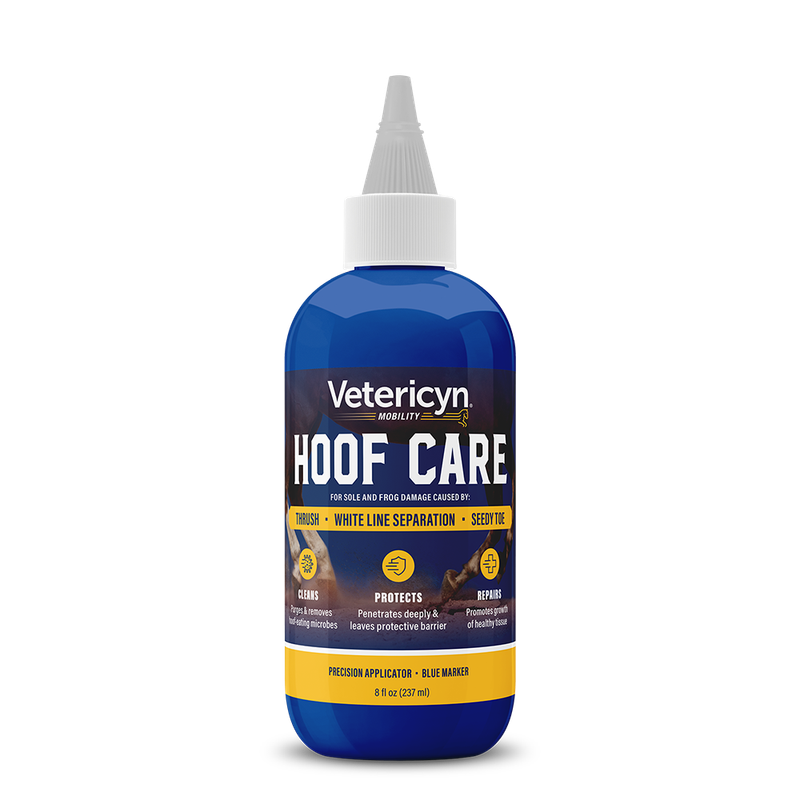
Vetericyn Hoofcare
Vetericyn Hoofcare
° Promotes healthy regrowth of the hoof and tissue in the radius, sole and heel ° Effective for use in hoof problems
€19,79
New!
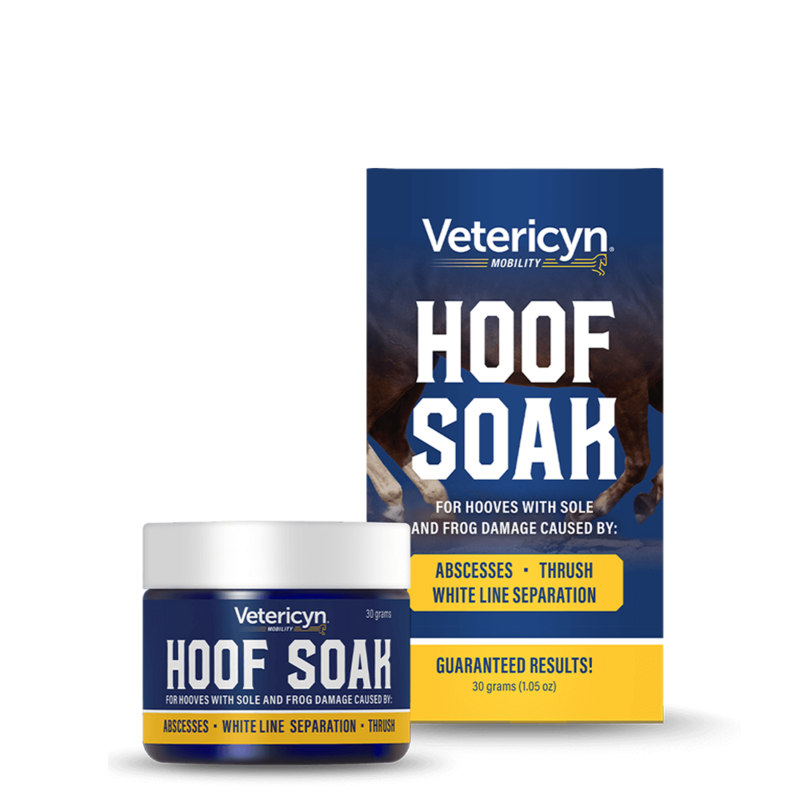
Vetericyn Hoof Soak
Vetericyn Hoof Soak
° Promotes healthy regrowth of the hoof and tissue in the radius, sole and heel ° Effective for use in hoof problems
€20,62
Combo Discount
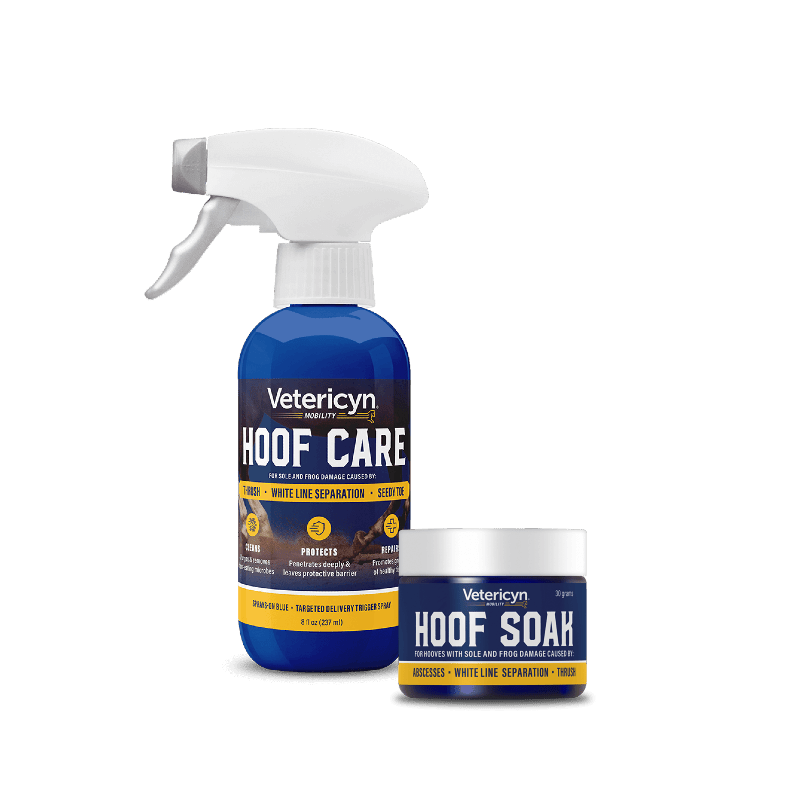
Vetericyn Hoof Care & Soak Offer
Vetericyn Hoof Care & Soak Offer
Elevate your horse's hoof care with our special offer. Combat hoof diseases and ensure deep healing with this powerful combo.
was €40,41
Save 12%
€35,50
Display prices in:EUR
